This is part 5 of a test of the Sony 12-24 mm f/4 FE lens. The test starts here.
I’ve been asked to compare the Sony 12-24 to the Zeiss Batis 18 mm f/2.8 and the Leica 16-18-21 mm f/4 Tri-Elmar. I aim to please, and here’s a visual look at all three. I set the two zooms to 18 mm, so all would have about the same filed of view. Turns out that Leica’s idea of 18 mm is shorter than Zeiss’. I adjusted the aim point so that the trees in the upper left would be in about the same place in the image.
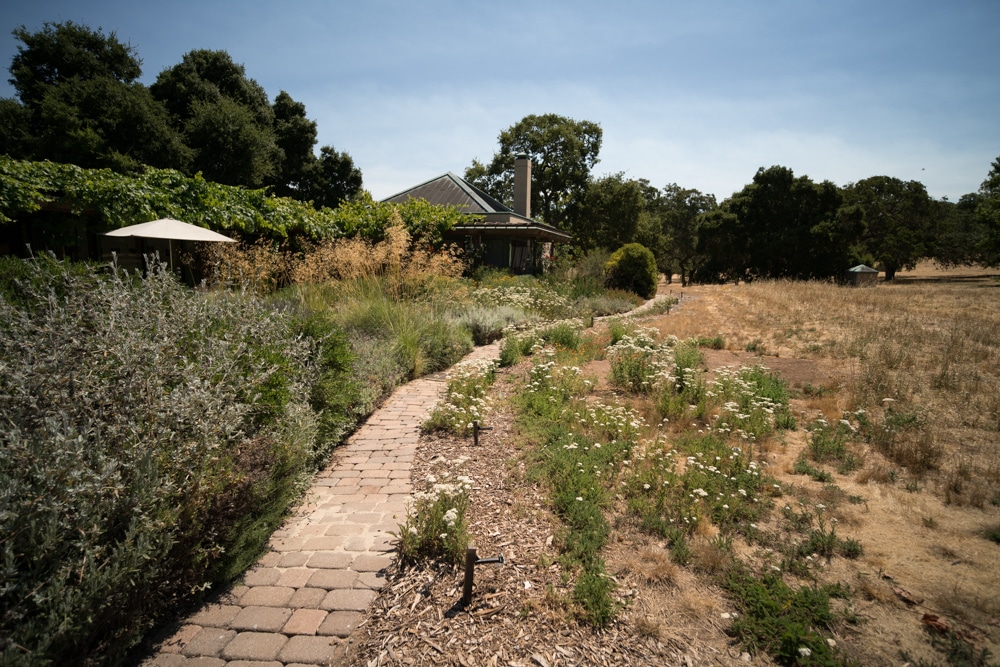
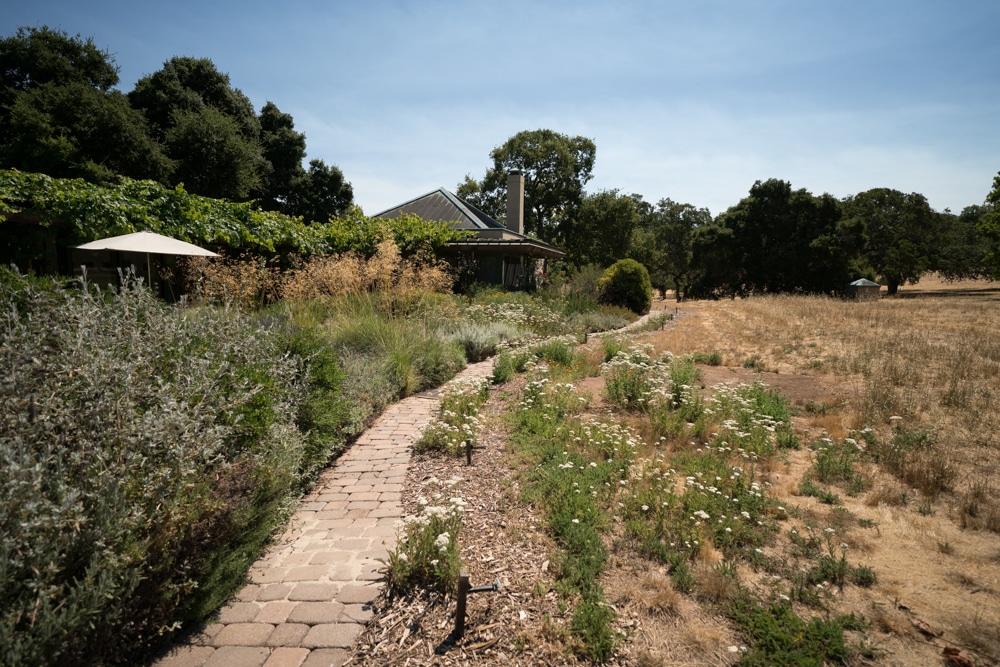
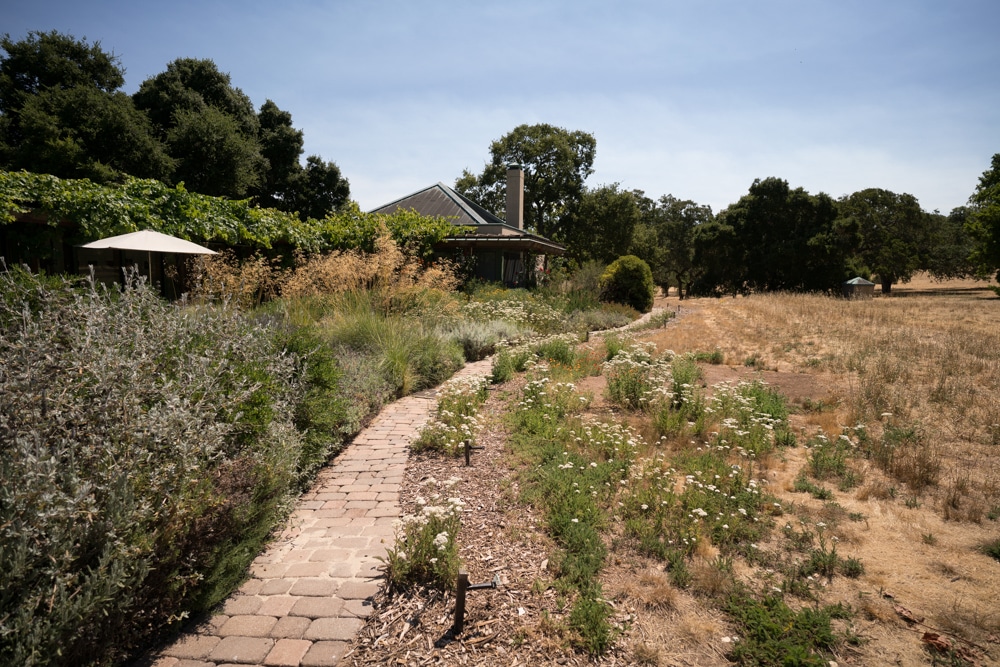
I focused the lenses manually at their taking f-stops on the lighter foliage in the upper-right-central part of the image. I focused and exposed four times for each aperture, and picked the best shot from each camera for each f-stop. Shutter set to EFCS. 2-second self-timer . Arca-Swiss C1 cube on RRS sticks.Small exposure corrections in Lr. Daylight white balance selected in Lightroom.
I exported tight crops from the developed images as 700-pixel-wide JPEGs. That means that the images are all heavily upsampled. The a7RII images are 295% of their original size in both dimensions.
If you just want a rough idea of the differences, just look at the images as displayed in-line in the posts. However, if you wish to compare these images in detail, you should view these images by clicking on them to see the source files, then setting your browser for 100% zooming. Even better, download them and make Photoshop stacks.
No matter what you do, these crops are all going to look horrible. I’m blowing them up so much so that they will represent the original file after JPEG’s discrete cosine transform has had its way with them. If you want to get a good idea of what the images would look like printed, get far away from your monitor. No, farther than that. Put a bunch of the images up on the screen and back up until the best one starts to look good. Then look at the others. There’s another reason why these images won’t look like the best thing the camera/lens combination can deliver. They’re demosaiced with Lightroom. Lightroom is not awful, but for a particular image, there are usually better raw processors. I use Lr because it’s a de facto standard, because I know it well, and because it’s got good tools for dealing with groups of images.
In the mid-upper right:
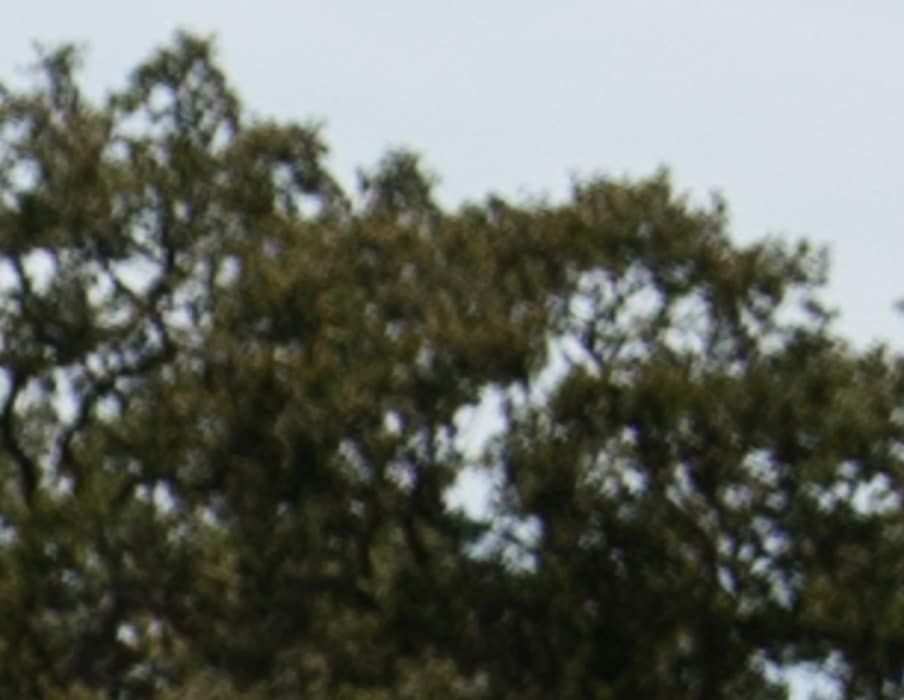

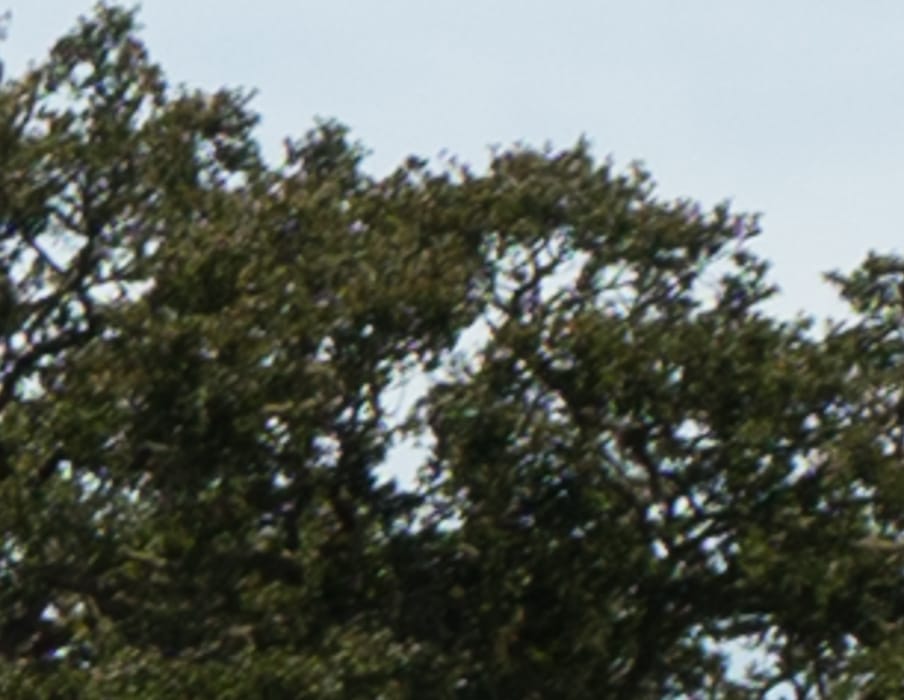
I call it Sony first by a nose, Zeiss second, and WATE trailing badly.
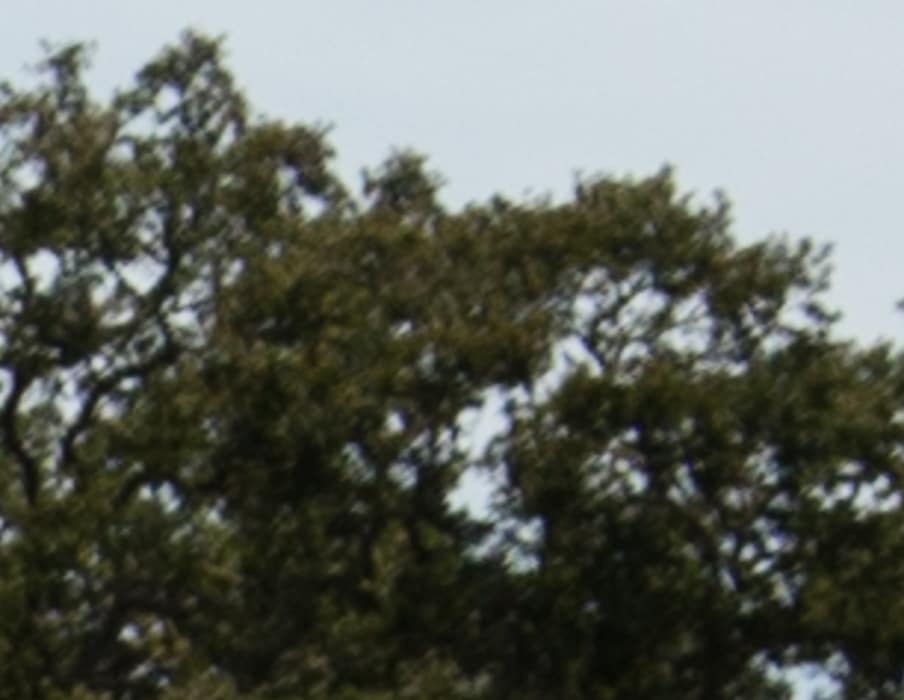
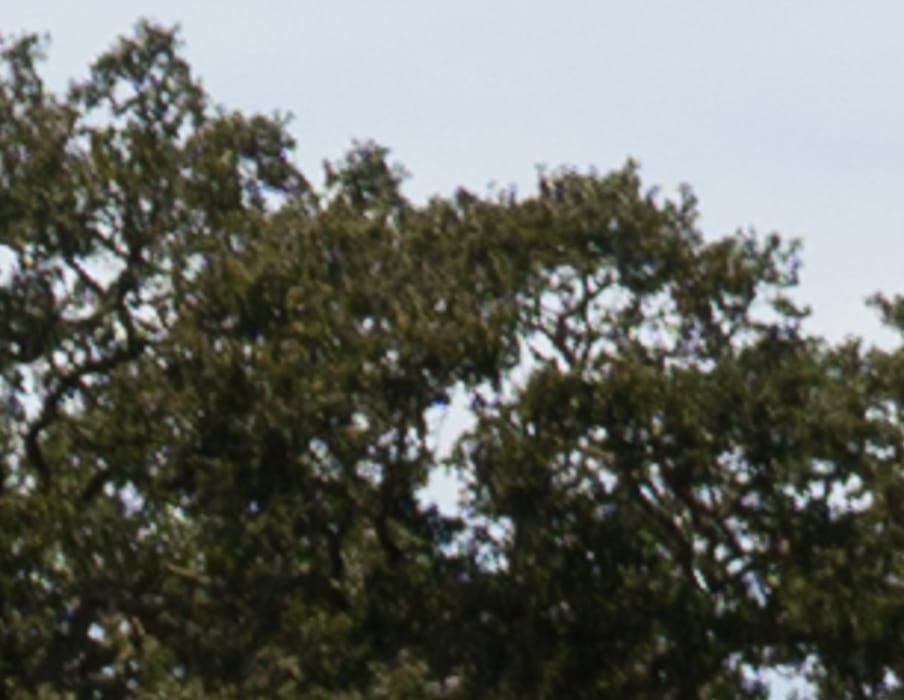

Sony and Zeiss tie for first, in my book.

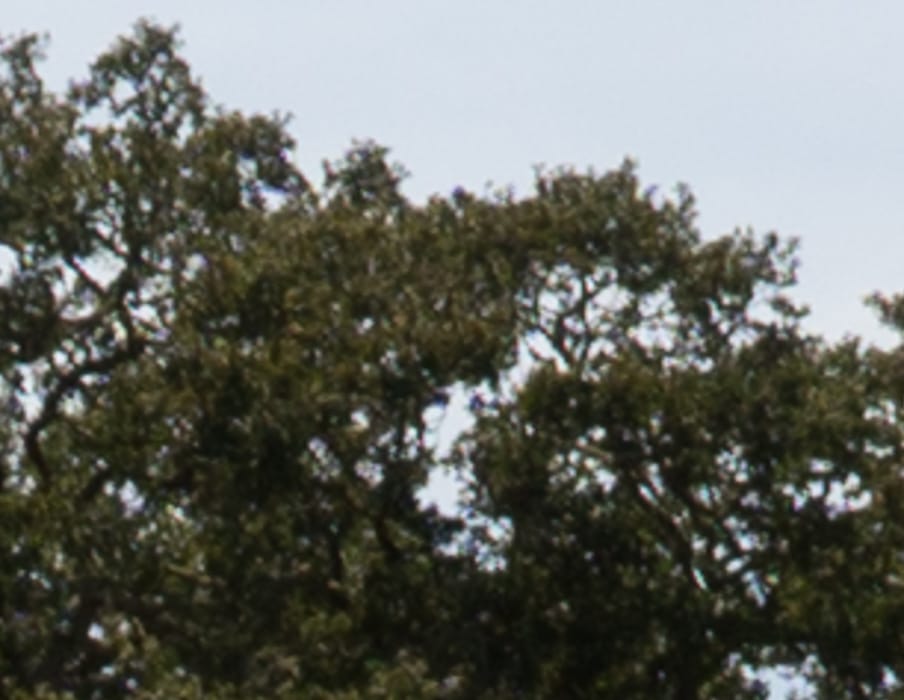
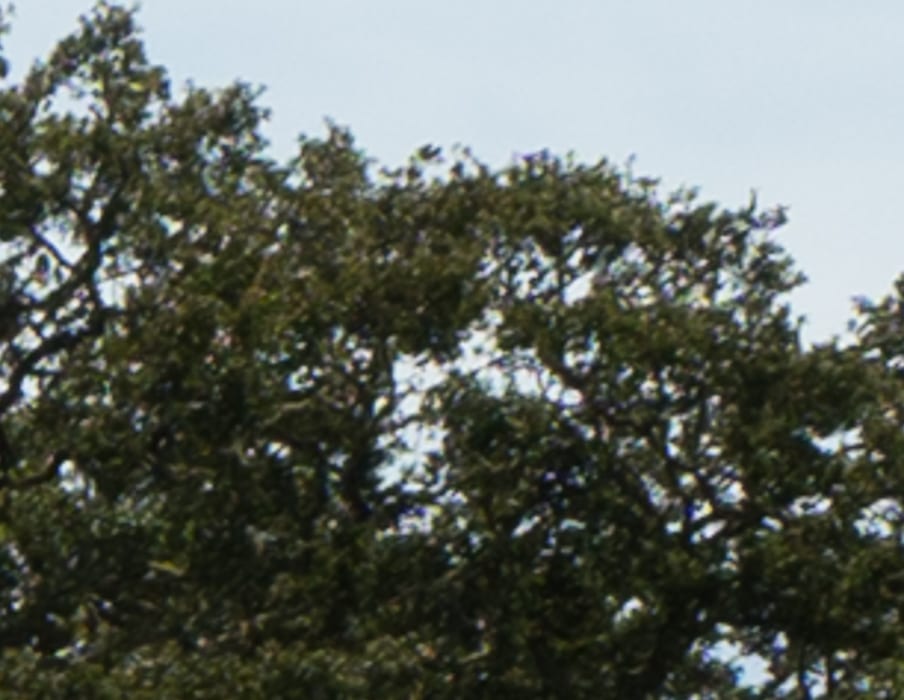
Getting pretty close now, but the order isn’t changing.
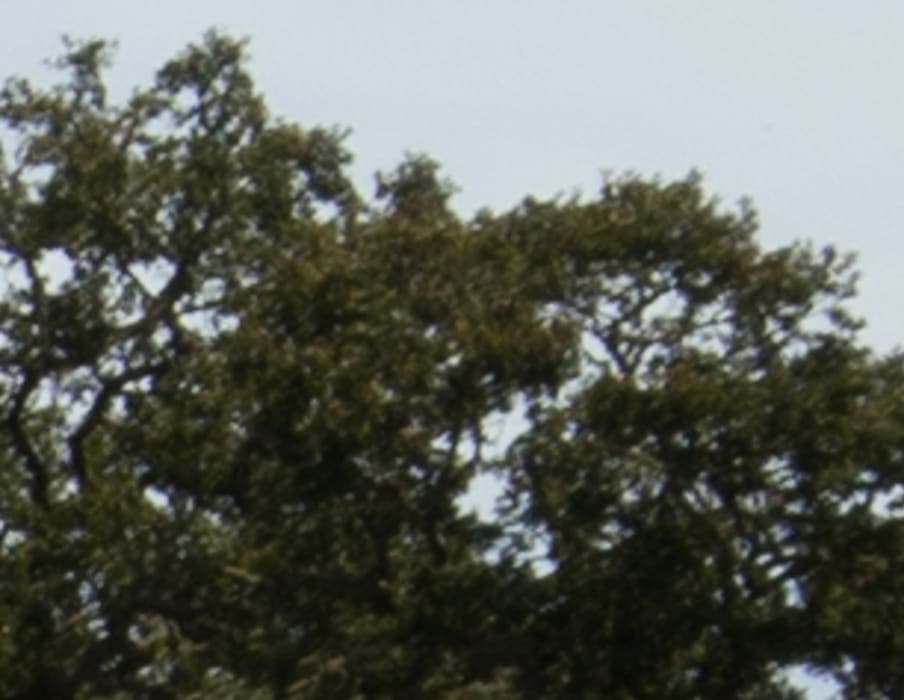

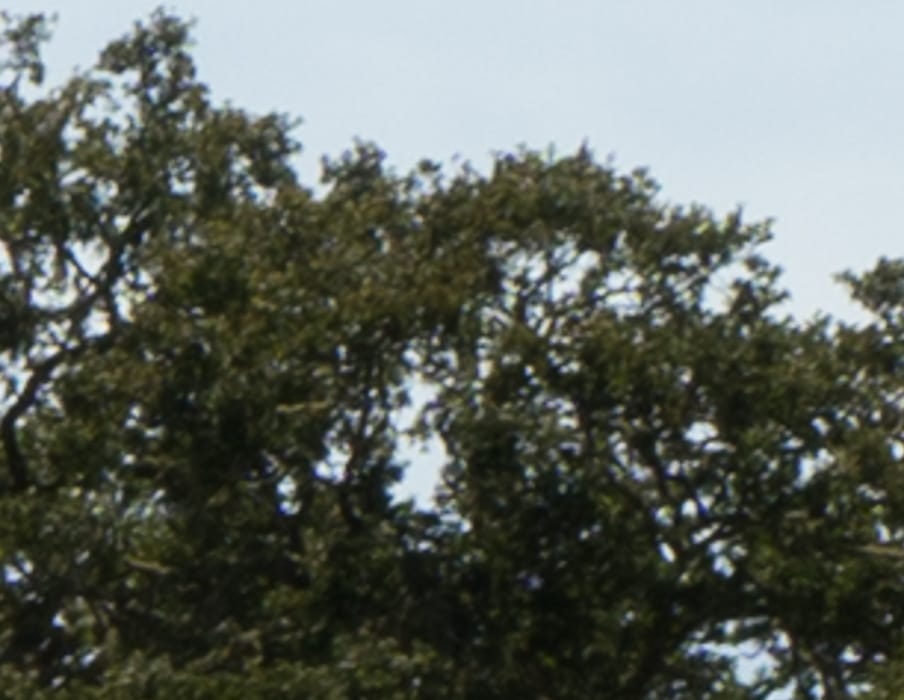
I would have thought the WATE would have caught up by now.
In the upper-left corner, with a full stop Exposure increase in Lightroom:
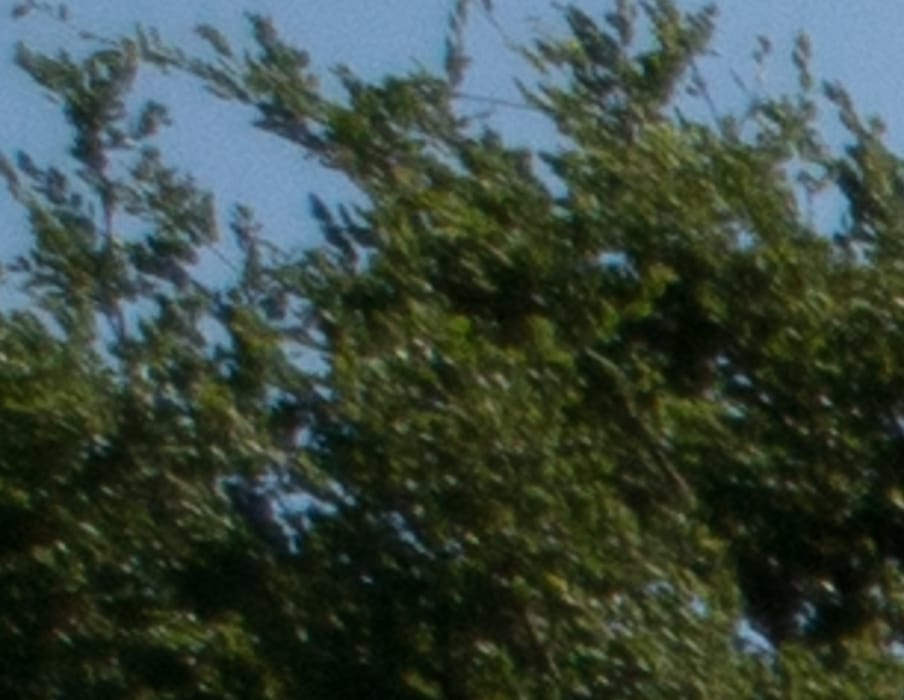
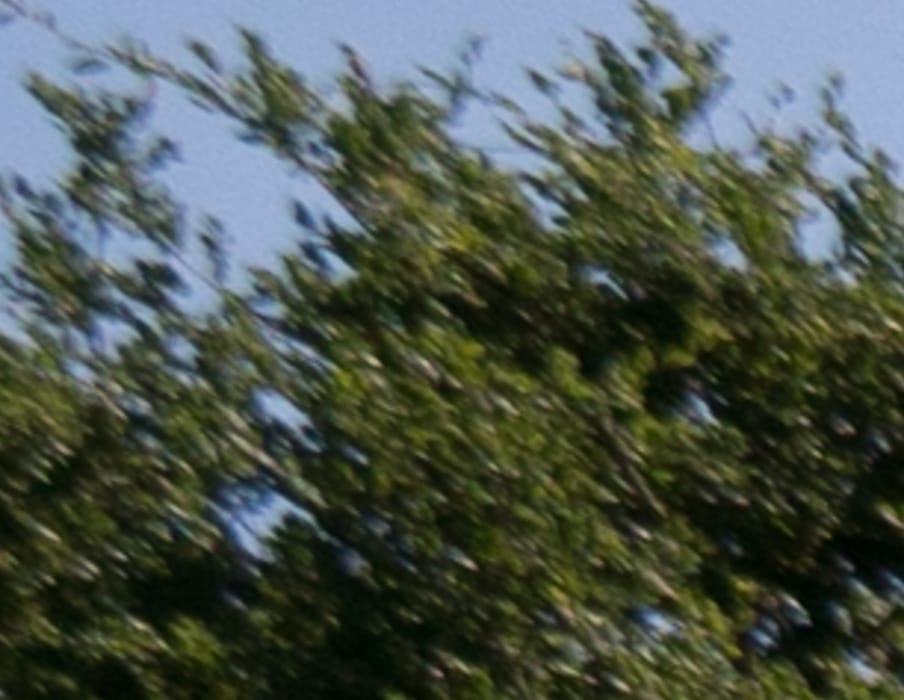

Other than the smearing of the Batis, I don’t see a heck of a lot of difference here, but I’d give the nod to the Sony.
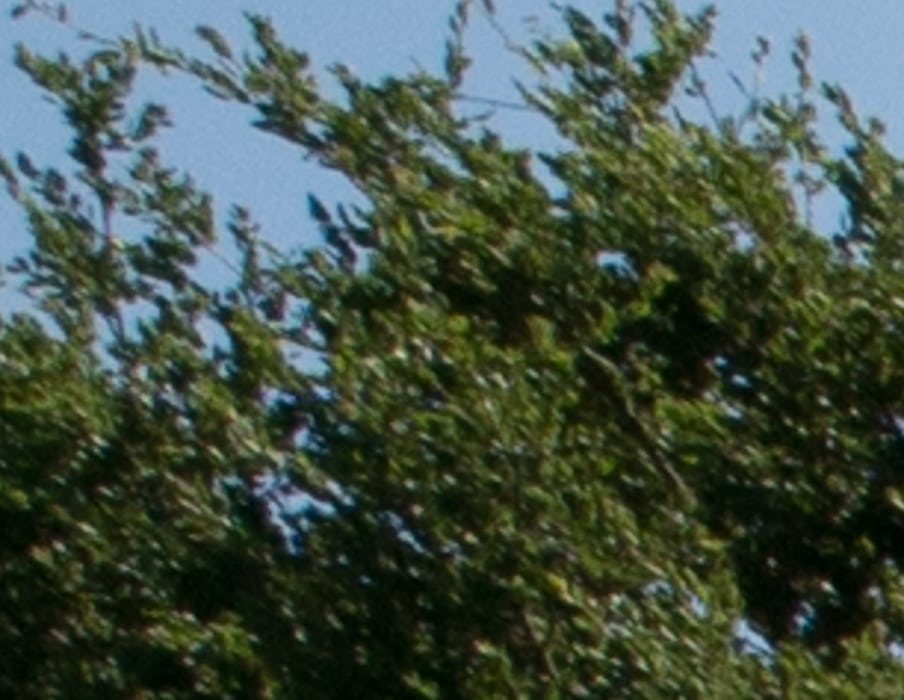
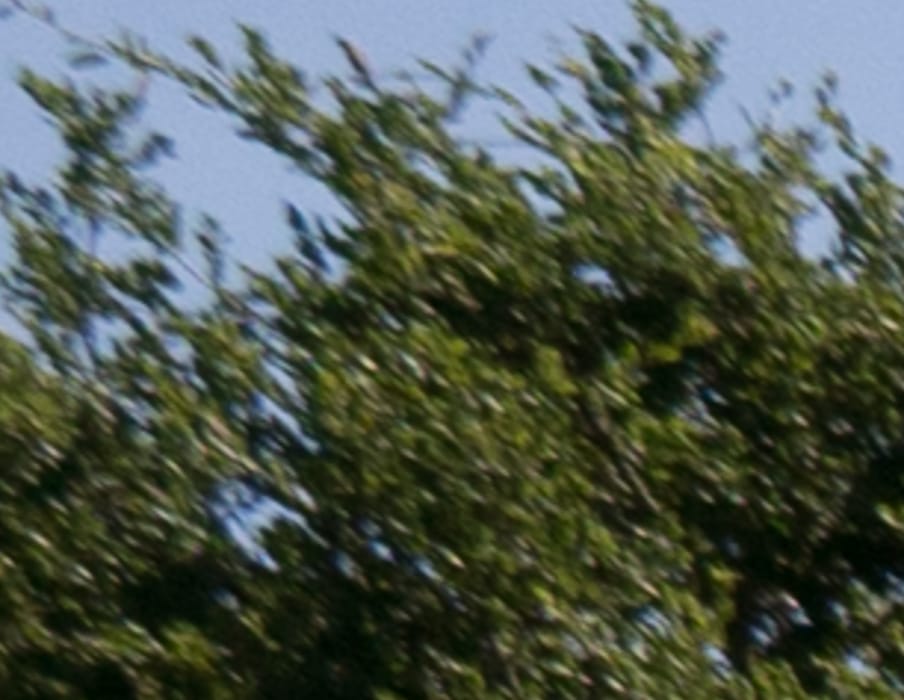

The Leica is the sharpest, the Batis is still smeared a bit, and the Sony is looking very natural.
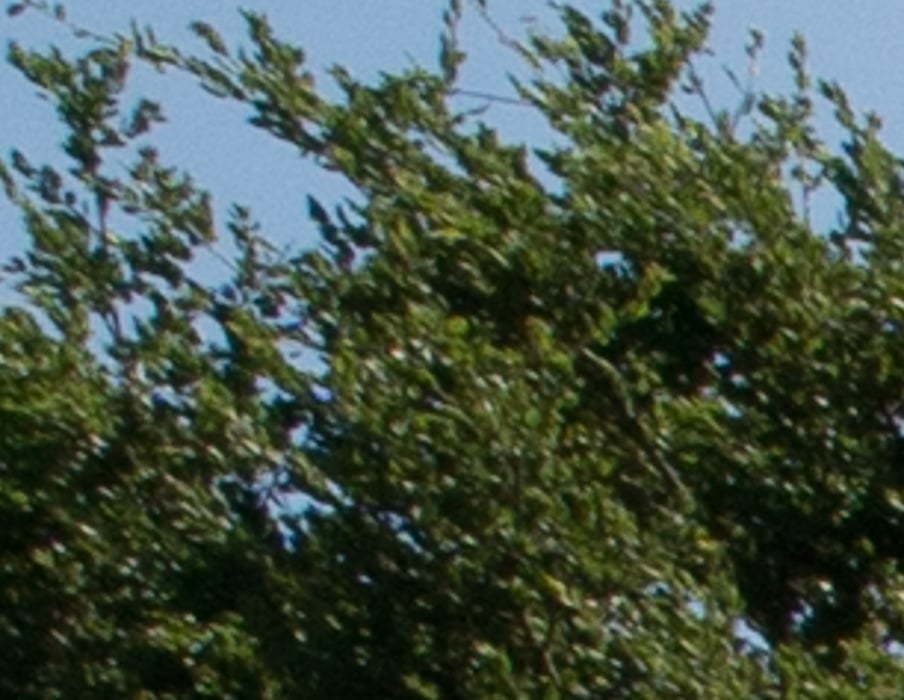
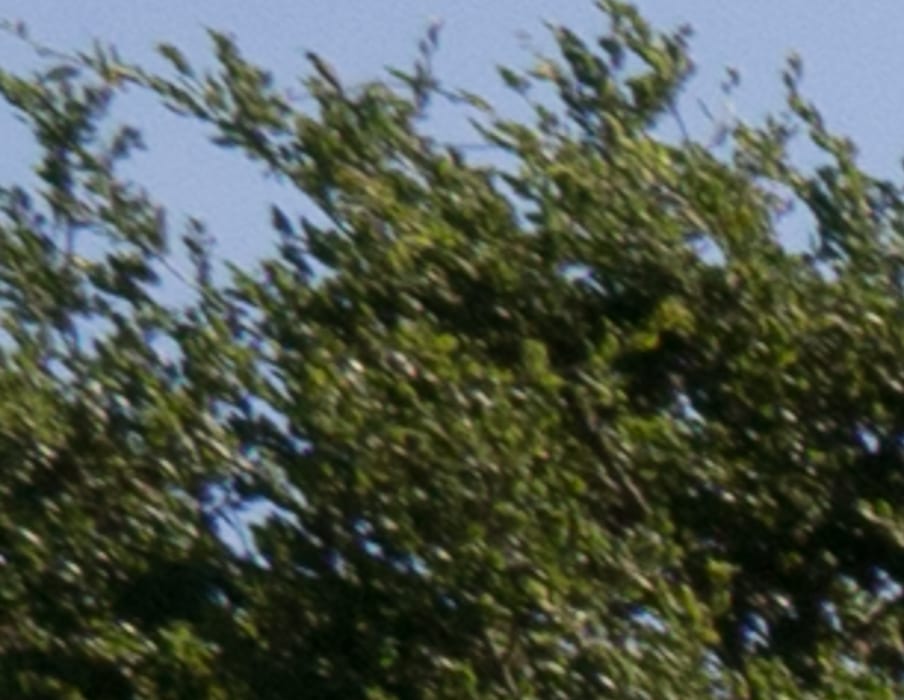
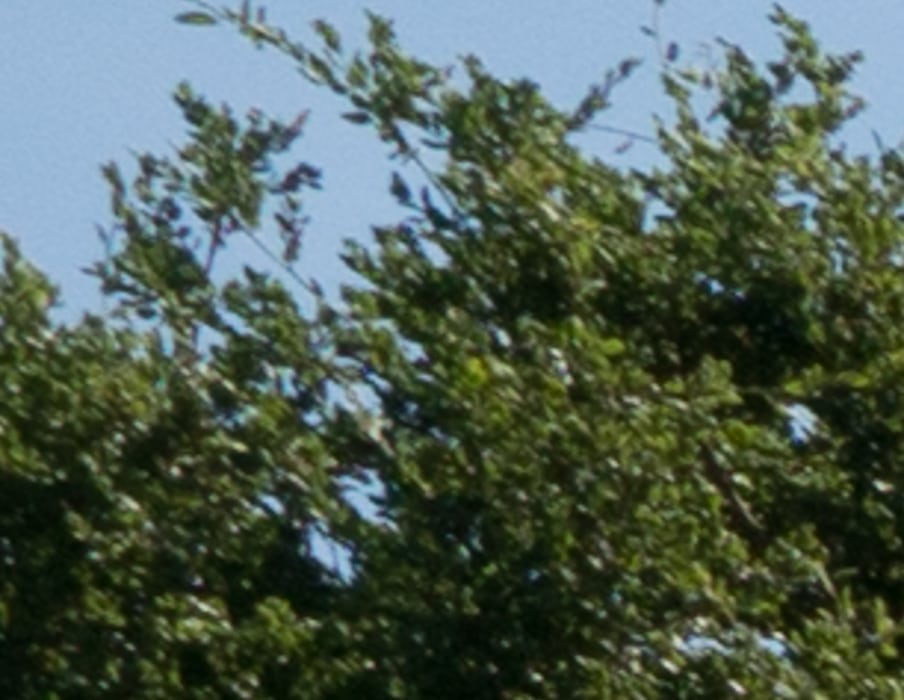
The Batis is a bit down on microcontrast. The WATE is the sharpest, but not by an amount that would make any difference in a real photograph.
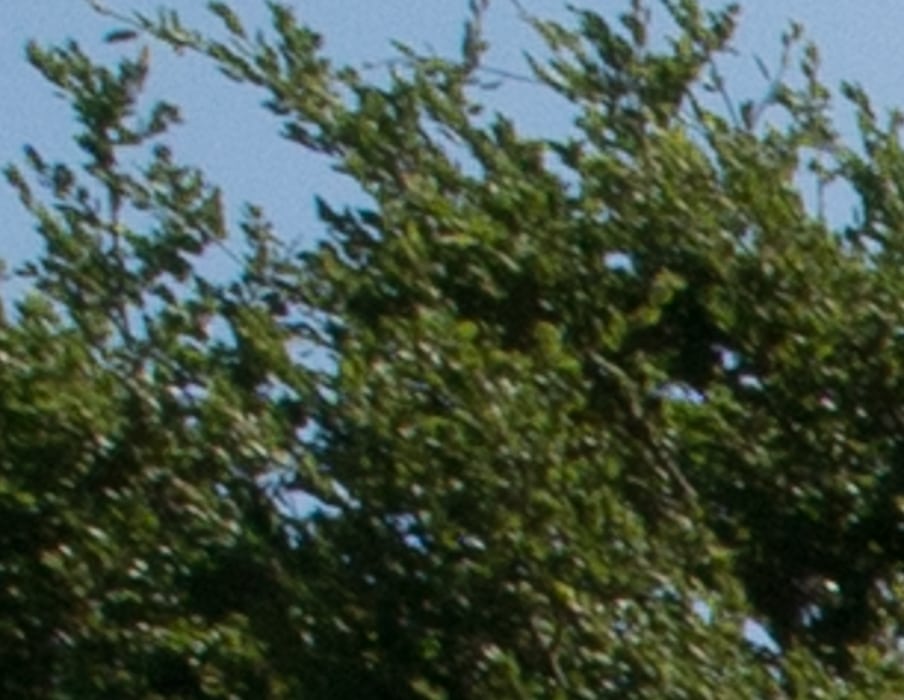
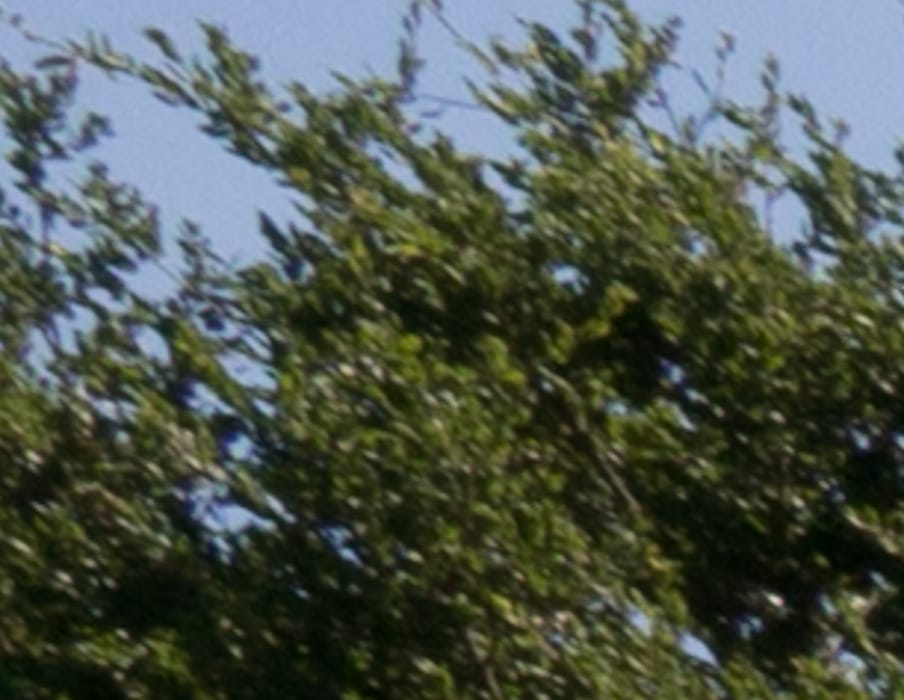

Not a lot of difference here.
The WATE is sharper at 16 mm than it is at 18 mm, and softer at 21 mm. But given the issues near to the lens axis that we saw here with the WATE, I can’t imagine that that would tip the scales to it, especially considering its cost, and the fact that it’s a manual focus lens. It is the smallest lens in this test, but not the lightest — that honor goes to the Batis.
Mark Kay says
Jim. Have you tried different adapters? ALTHOUGH I cannot compare directly, I seem to get “better” results in the corners with my Leica WATE on the Sony A7RII. I did see some issues with one of my adapters.
JimK says
Yes, I have. I get the best results with the Kipon adapters, which are the right length. Today I noticed that correct focus on the distant trees was achieved right at the infinity stop on the WATE. The WATE corner results are pretty spectacular here, considering that he lens was designed for a zero sensor stack thickness. It’s the middle of the image tat’s disappointing to me. But we’re looking at three excellent lenses here, even though one of them costs waay more than the others. Before this test, I did not use the WATE at f/4, preferring f/5.6 and f/8.
A says
Do you have the Batis 25? It’s very close to 24mm, I wounder how it would compete at f4 and f8 with the 12-24. Thanks!
JimK says
Sorry, I don’t have access to that lens.
A says
So I got the 12-24 and compared to the Batis 25, the Batis is a lot better, but I really did like the 12-24 at 12-18mm, however, my copy was very decentered, I’ll try another copy…
JimK says
If it failed my “simple decentering test” (search the blog for it), send me a picture of the OOF OSF. I need bad examples. Thanks.
Jim
Ken Sky says
Does this mean it’s time to get rid of my 16-35 f4 in favour of the 12-24?
JimK says
If the focal range of 25-35 is important to you, no. But you knew that. Fred Miranda didn’t find much difference in the center at the shared focal lengths, so if the center is your concern and you don’t want 12-15 mm capability, I’d say keep your 16-35/4.